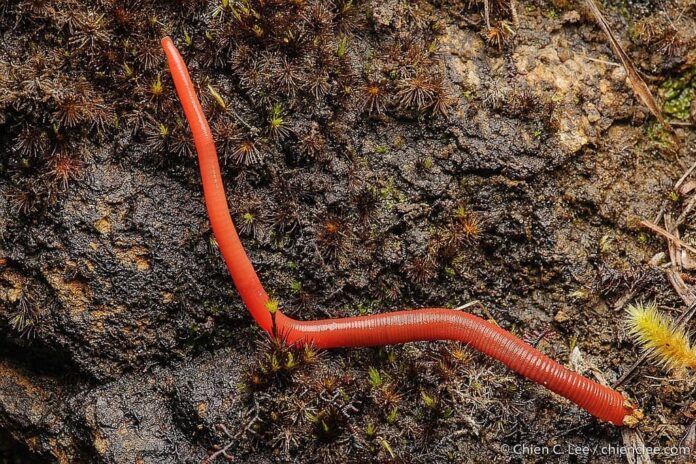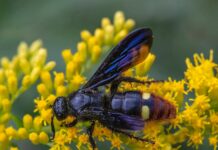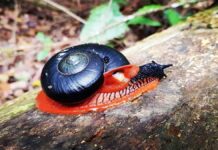Kinabalu giant red leech gives me the creeps the first time I saw its picture, but I want to know more about them. And here I am, doing research and bringing information about these bloodsuckers for you today. Calling them bloodsuckers is quite wrong because these leeches are not hematophagic, meaning they don’t feed on blood. See how interesting this is? Let’s find out more about them below!
1Appearance
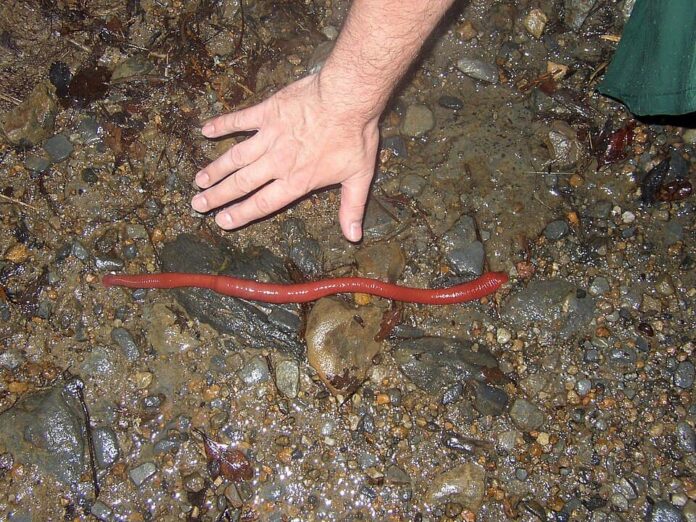
This leech is very hard to miss, its body is bright orange-red in color which is absolutely eye-catching. The thing is that while the common leeches are slimy and wet, this one looks rather like a worm. A Kinabalu giant red leech can reach a length of over 50 centimeters, and its body is very narrow. This actually allows the leech to fit into crevices of rocks where it hides and resides during the day. The coolest part is that it has the ability to stretch and contract its body, which allows it to move with agility. That way, this leech can navigate its environment in search of suitable mates and prey with ease. It does not suck blood but its mouthparts are equipped with sharp teeth-like structures called mandibles which it uses to tear its prey apart.
2Feeding & Habitats
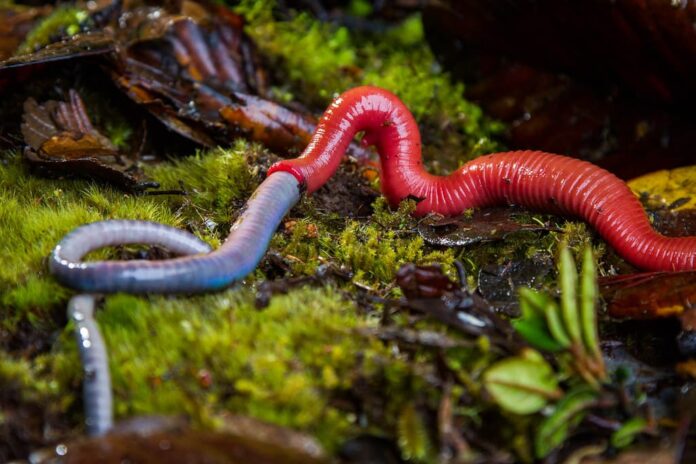
This leech species is native to Borneo, where it lives in damp leaf litter, rock crevices, and soil. You will only find these leeches on the slopes of Mount Kinabalu, where they inhabit montane heath forests and mossy forests. As solitary animals, they live and hunt alone, and they usually emerge only during or after heavy downpours. Simply because it is also the moments when their favorite meals are washed up out of their hiding places.
They feed on Kinabalu giant earthworms, and they are also pretty colorful as they are bluish-gray in color, and they are 68 centimeters long. While being a leech, the Kinabalu giant red leech does not suck blood from its prey. The leeches are carnivores so they swallow their prey whole despite the fact that the earthworms are larger than them. These leeches search for prey by feeling for distinct vibrations made by the earthworms. They propel their bodies across the wet soil to stalk their prey. Once a Kinabalu giant red leech finds a worm, it begins feeling its way down the worm to search for an end. When it finds the end, it begins to suck and its powerful throat muscles crush the worm. This allows it to ingest the worm more easily, and it makes its way back to its hiding place after eating.
3Threats
Having a limited range is one thing, and having threats is another thing that affects their survival. The Kinabalu giant red leeches are facing threats from habitat destruction and fragmentation due to human activities. Those include agriculture and logging which result in the loss of their rainforest habitats. These activities not only affect their homes but also their access to food and suitable breeding sites. Fortunately, there are conservative efforts to protect them which is a good thing.
Related Post: Hammerhead Worm Facts

